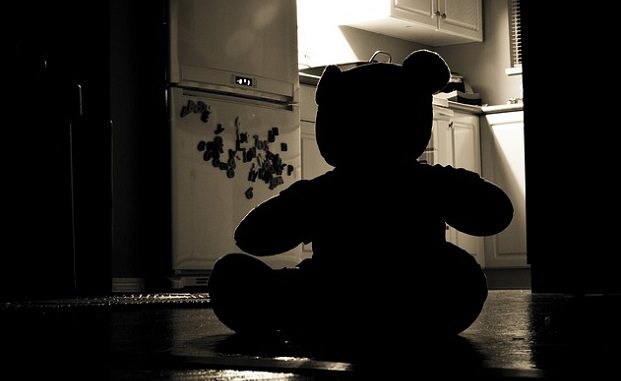
I’ve had Sleep Paralysis – otherwise known as night terrors – for about eight or nine years, with varying degrees of frequency. Attacks can range from a couple of times a month to two or three times a week.
I remember, when I experienced it for the first time, I felt such a sensation of panic over the fact that I couldn’t move. My entire body was literally paralysed, and – as I learnt later – my emotions were heightened because I was still partially in the dream world. I could also feel a horrible sensation of compression on my chest – it was obvious to me at the time that someone was sitting on me with the full weight of their body.
When I eventually stumbled on to a site about SP (praise be on the altar of Google and a pair of quotation marks), I was relieved to know that so many other people had the same condition as me. It’s something that’s existed in our collective consciousness as far back as Samuel Johnson’s seminal “A Dictionary of the English Language” in 1755. He termed it as a “nightmare”, which isn’t far off the truth.
In the midst of the 18th century, SP was thought to be the work of demons or, more specifically, incubi or succubi, which were thought to sit on the chests of sufferers. Even now, in areas of the world where medical and scientific knowledge is scant, SP is known as having the “Devil on your back.” Fortunately, I’m able to challenge the traditional theory of evil or demonic spirits plaguing my night-time world by the wonders of the internet; I live in a country where I’m not going to be tried as a witch.
SP sufferers also experience difficulty breathing, intense fear, and a range of hallucinations. These can be anything from shadows or figures moving around the room, voices, footsteps, or a feeling that you’re being touched, or a combination of all these things. I’ve experienced them all, and they’re truly horrible.
SP happens during the REM (rapid-eye movement) stage of sleep when we’re dreaming; at this point during our sleep pattern, our body paralyses itself so that we don’t act out our dreams. The majority of us will never know about it, because we’ll come out of REM naturally and wake up with the alarm clock. However, for about 20% – 30% of people worldwide, that won’t happen. Instead, they wake up during REM, but be in a state between sleep and waking. Except that, in this case, the great office of our mind has forgotten to send the memo to the rest of our body to wake up.
The actual “episode” can often only last a few seconds or minutes, although it often feels like longer. It can take a sufferer an absolute age to get back to sleep afterwards, due to cramp and adrenaline.
Certain things can almost certainly trigger an attack. For me, sleeping on my back or left side will always bring on an episode, and a busy day working and / or socialising – where my mind is constantly buzzing and on the go – is a trigger. But, then again, it’s not always a trigger; that’s the unpredictable nature of SP.
To anyone that suffers from it, I’ll say this; if it’s going to happen, it’ll just happen – try not to fret. Find out what your triggers are and do what you can to correct them. But most of all, the SP will stop and you will wake up.

